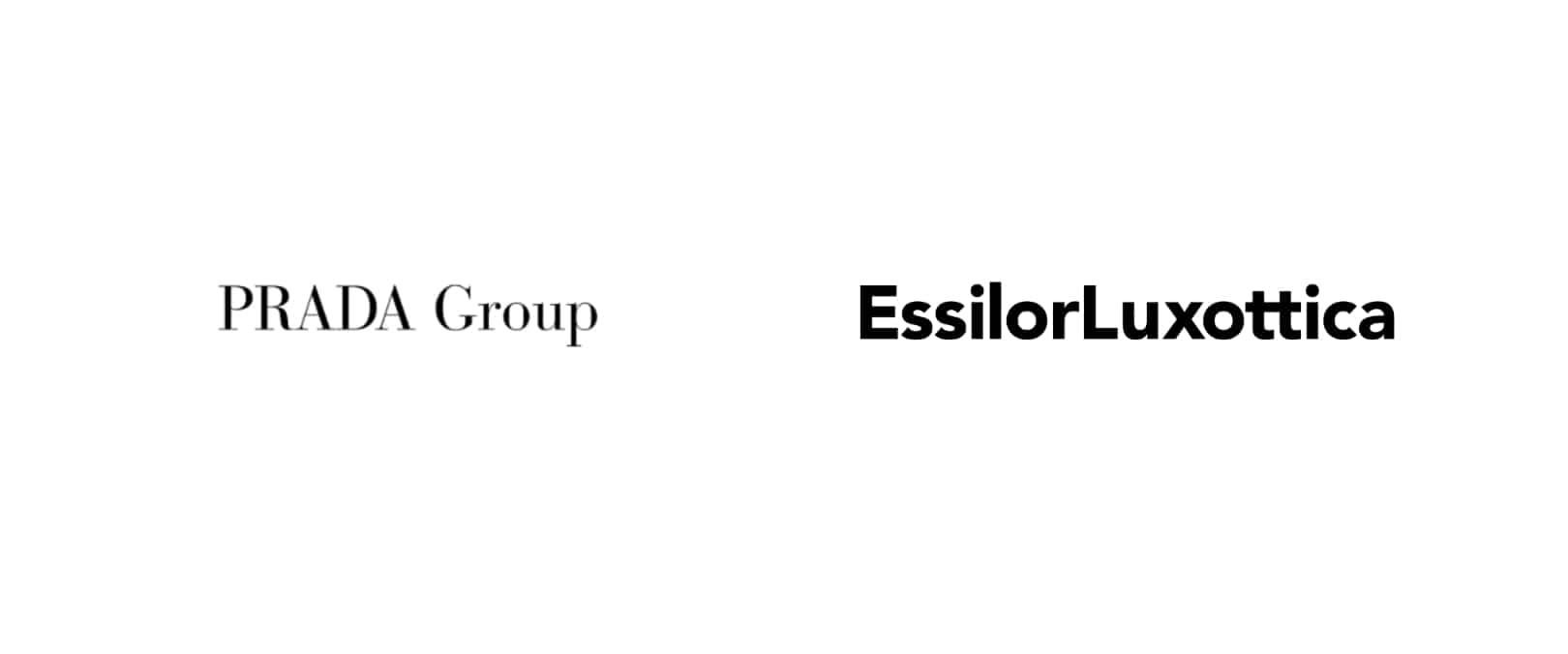Ultraviolet Radiation Exposure Reduces Myopia Risk Later in Life
Wednesday, December 14 2016 | 00 h 00 min | Vision Science
According to a study published by JAMA Ophthalmology, exposure to ultraviolet B radiation between the ages of 14 and 29 results in a reduced risk of adult myopia.
Spending more time outdoors is an increasingly common clinical intervention as public health officials attempt to stem the tide of myopia.
Researchers at the London School of Hygiene and Tropical Medicine wished to know the relationship between UVB, vitamin D and adult myopia, and so performed a secondary analysis of 3168 participants in the European Eye Study (371 with myopia, 2797 without).
All participants were 65 old or older at the time of the study, and a questionnaire combined with meteorological data was used to determine their level of sunlight exposure from the ages of 14 to 19 and between 20 and 39 years old.
Participants which had received more ultraviolet B exposure in their teen years and young adulthood (14-29 years old) had a reduced risk of adult myopia. Myopia was twice as common among the most highly educated participants.
No direct relationship with serum vitamin D levels were found, suggesting vitamin D does not play a role in myopia.
What does this mean for the use of time outdoors as an effective measure against myopia? The mechanism of the protective effects appear to be complex, and it is still unclear whether the reduced myopia risks arise from exposure to bright light, ultraviolet radiation, distance focusing, or a combination of factors.
Read the Full article from JAMA Ophthalmology HERE.





